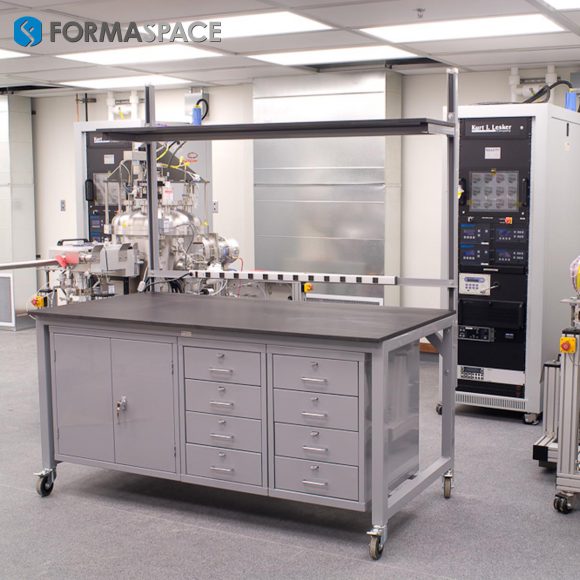Adulterated Food Fraud: Lead Found in Apple Sauce Products
In 2023, the health of more than 60 American children was adversely affected by eating applesauce and apple puree products produced in Ecuador that were subsequently discovered to be laced with additives containing elevated levels of the heavy metals lead and chromium.
An investigation by the FDA pointed to a nefarious profit motive behind the addition of lead-contaminated ingredients – they were a cheap way to enhance the flavor of the apple sauce and puree products.
In FDA parlance, this case was an example of economically motivated adulteration (EMA), which, in recent times, has also been detected in other food and drink categories, including honey and maple syrup, olive oil, seafood, juice, infant formula, pine nuts, and spices.
While the FDA was able to recall the affected products and conduct an investigation at the Ecuadorian facility, the FDA lacks authority to set across-the-board limits for this type of contamination, nor does it have authority to mandate lead testing in food products. It is hoped that Congress might address this issue in 2024.

Lead Found in the Water Supply System – How Will the EPA Respond?
A major health crisis unfolded in Flint, Michigan, in the years after 2014 when the city tapped into the Flint River to supply water to its residents. A catastrophic series of missteps and coverups unfolded, caused in part by a failure to treat the water to prevent lead and other contaminants contained in the aging water pipe infrastructure from leaching out into the public drinking water supply.
A study in 2015 found that the number of children aged 5 and under with elevated blood lead levels had climbed from 2.1% to 4% as a consequence of the water supply changes.
The use of new lead pipes in water supply pipelines was outlawed in the 1980s. However, it is estimated that 9.2 million lead pipes remain in service.
In late 2023, the Biden administration and the EPA announced the proposed Lead and Copper Rule Improvements (LCRI) to address the problem, using $15 billion from the Bipartisan Infrastructure Law and nearly $12 billion from the Drinking Water State Revolving Fund to pay for removing and replacing the lead water lines within 10 years.
High Levels of Plastic Nanoparticles Found in Bottled Water – Another Challenge Facing the EPA
Lead contamination is not the only threat facing our drinking water supplies.
Last month (January 2024), researchers in the Department of Chemistry at Columbia University in New York published a research paper in the Proceedings of the National Academy of Sciences (PNAS) that found that quantities of nanoplastic particles in bottled water were vastly underestimated, and may be 10 to 100 times higher than earlier estimates.

These nano and micro-sized plastic particles can accumulate in the human body and may be able to cross the blood-brain barrier or enter the placenta in pregnant women.
Paper straws, adopted by many as an environmentally-friendly alternative to plastic straws, may also contain significant amounts of per- and polyfluoroalkyl substances (PFAS), the so-called forever chemicals.
While the EPA has been actively seeking new proposed regulations to control PFAS chemicals as well as developing a “Draft National Strategy to Prevent Plastic Pollution,” the discovery of high levels of nano- and micro-plastics in drinking water bottles is another major challenge that the EPA (perhaps in coordination with the FDA) needs to address.

Mislabeled Food Poses a Risk for Those with Food Allergies
Many consumers with serious food allergies feel they are playing Russian roulette when consuming prepared food or drink, and they rely on accurate labels and disclosures to prevent ingesting ingredients (such as shellfish, peanuts, and avocadoes) that can lead to severe reactions, including anaphylactic shock, which require lifesaving treatment with an epi-pen.
The recent death of a 25-year-old professional dancer in New York illustrates the problem: the late woman’s attorney asserts that she died of anaphylactic shock after eating mislabeled cookies from a local grocery chain that failed to disclose peanuts on the ingredients list.
While the root cause of this tragedy appears to stem from a serious error between the grocery chain’s cookie supplier (which switched from soy nuts to peanuts) – allegedly without alerting packaging operators to update the ingredient label – there are many other instances where food and drink suppliers are making surreptitious ingredient substitutions that put some members of the public at risk.

The Critical Role of Testing Laboratories to Identify Health Threats in Food and Drink Products
Each instance of food or drink contamination – whether due to economically motivated adulteration, accidental oversight, or inadvertent contamination – bolsters the case for increased food and beverage testing by qualified laboratory experts.
New requirements set forth by the EPA and the FDA will also drive up demand for certified food and beverage testing facilities.
Formaspace stands ready to assist. We have long experience in building food and beverage testing laboratories, including the world’s largest such facility, the DOD Food Analysis & Diagnostic Laboratory (FADL) at Fort Sam Houston in San Antonio, Texas.

Formaspace is Your Laboratory Research Partner
If you can imagine it, we can build it, at our Austin, Texas factory headquarters.
Talk to your Formaspace Sales Representative or Strategic Dealer Partner today to learn more about how we can work together to make your next construction project or remodel a success.










